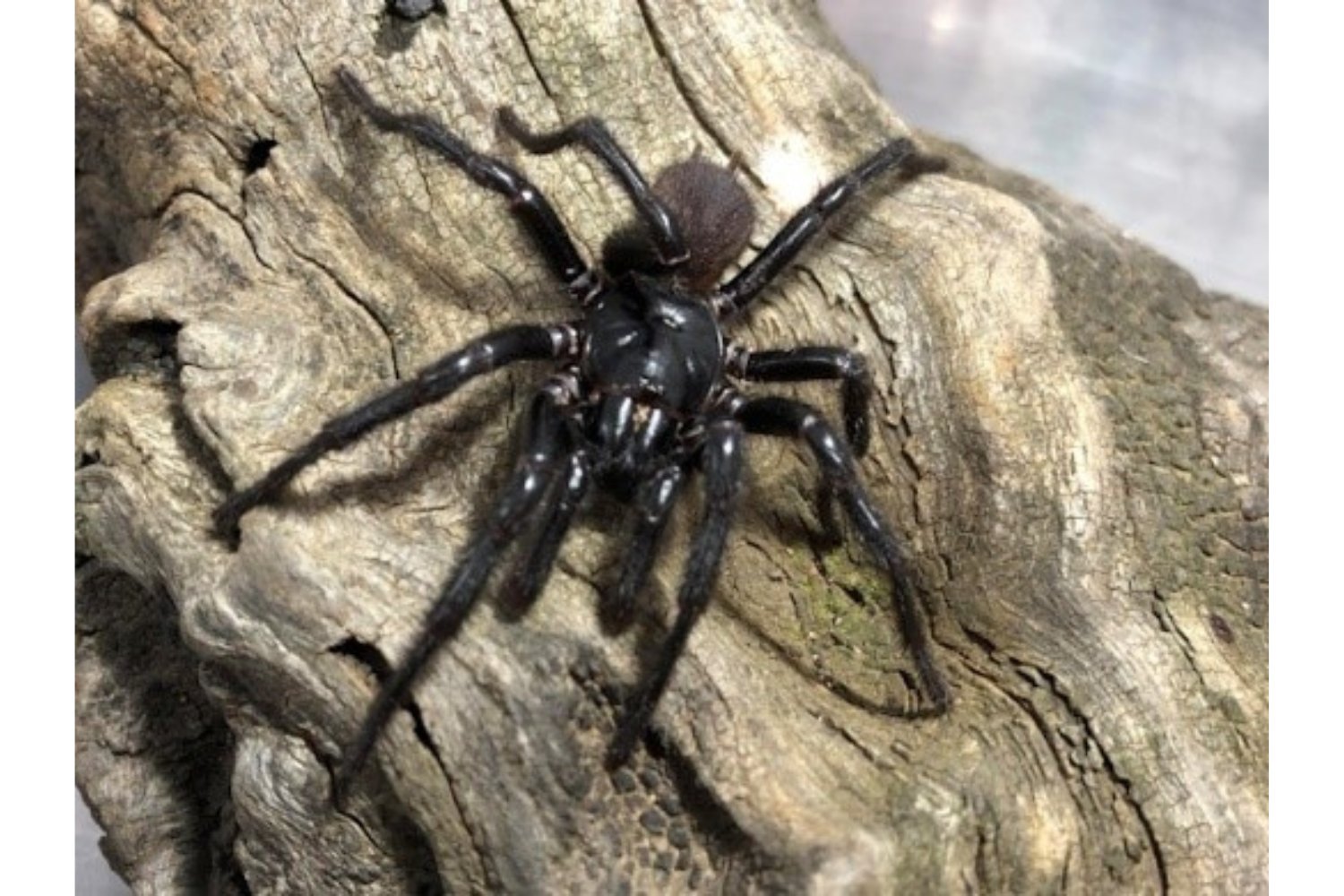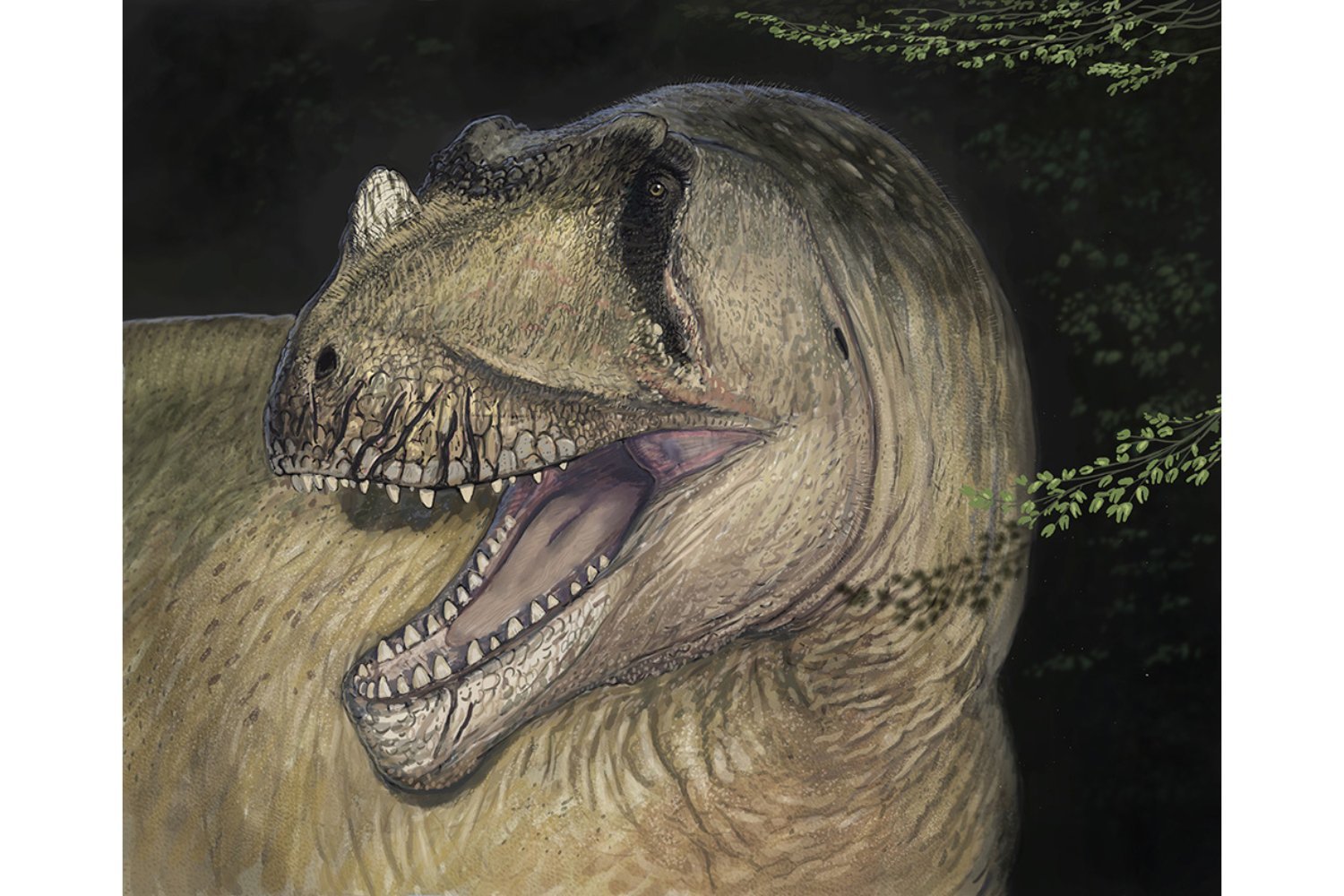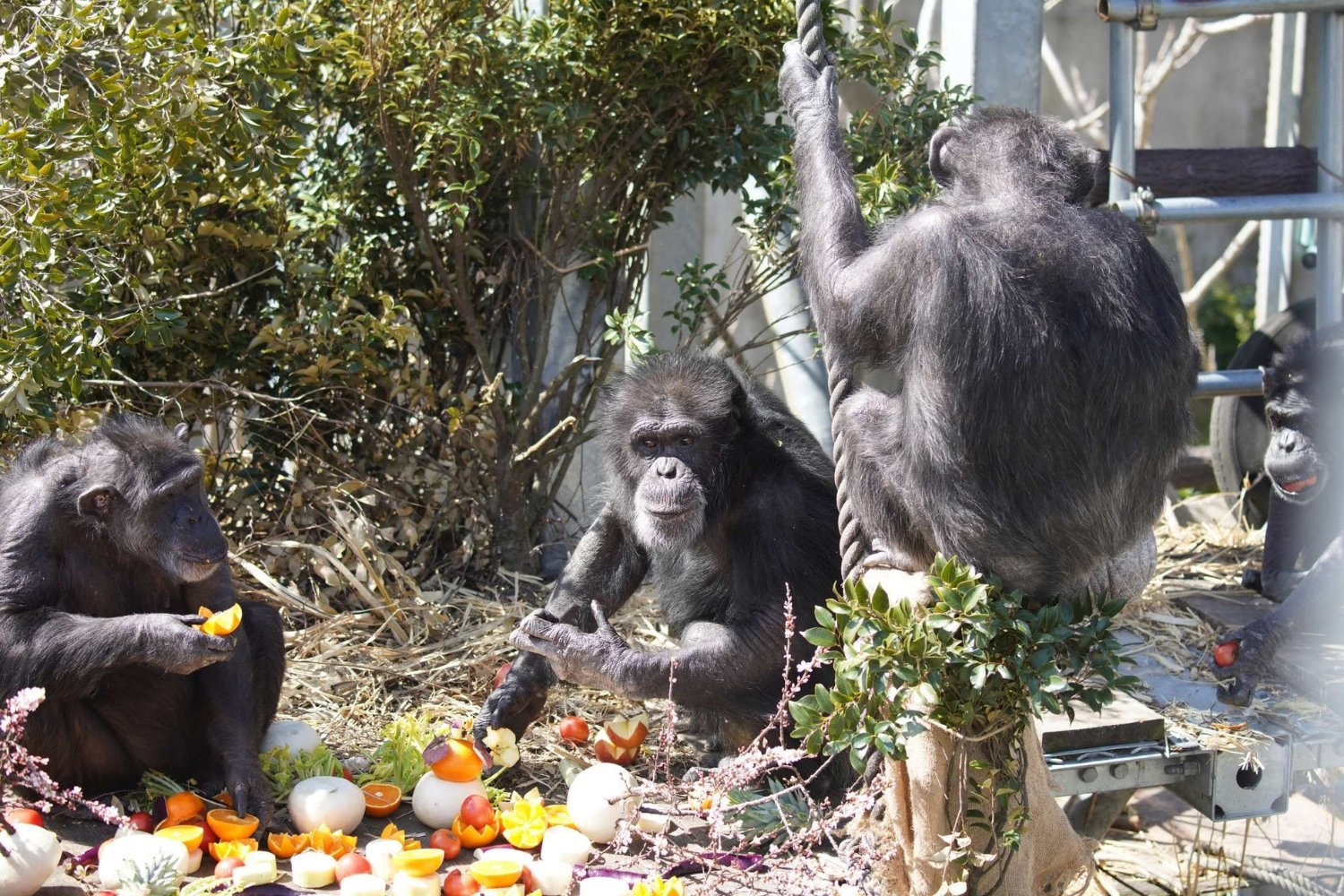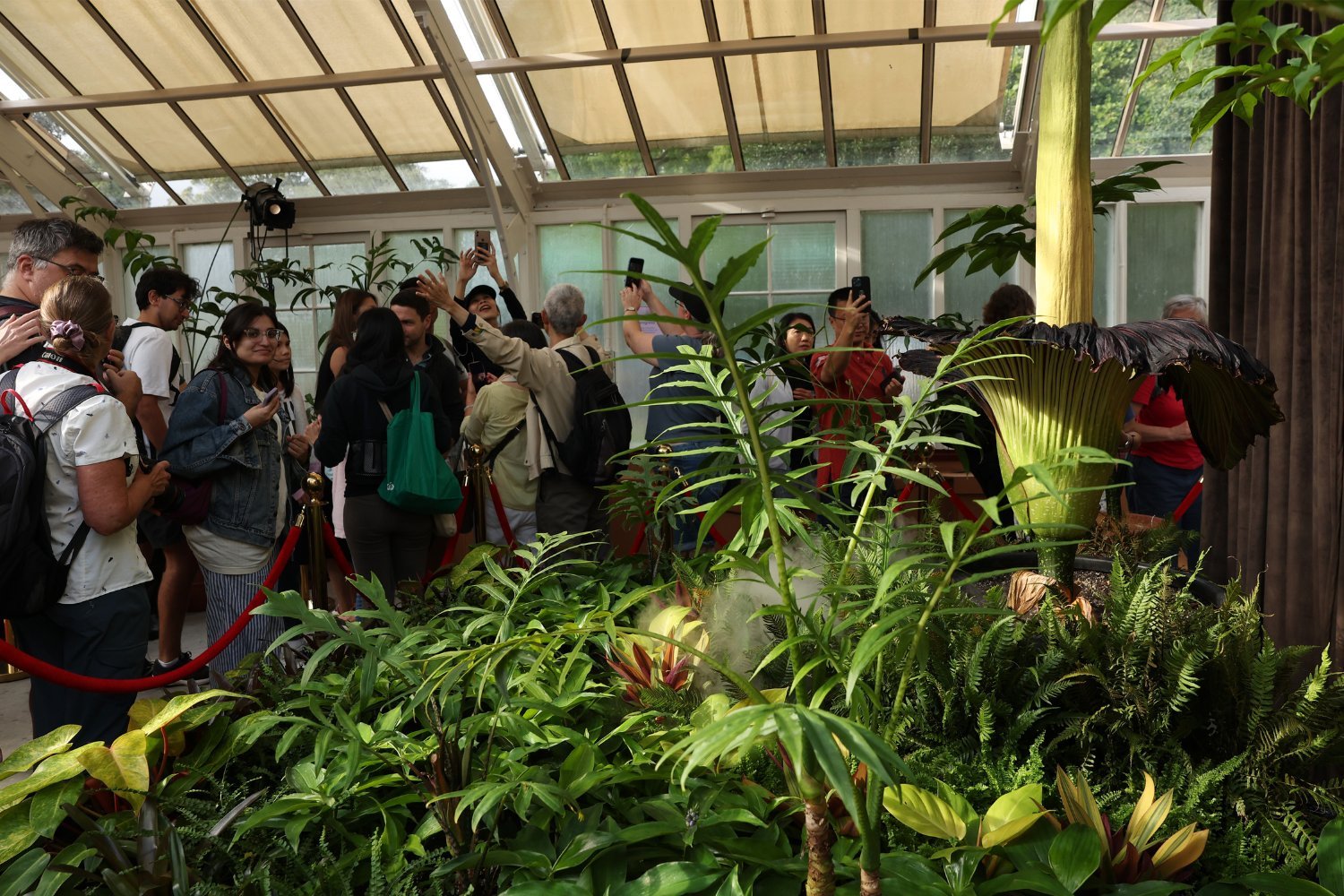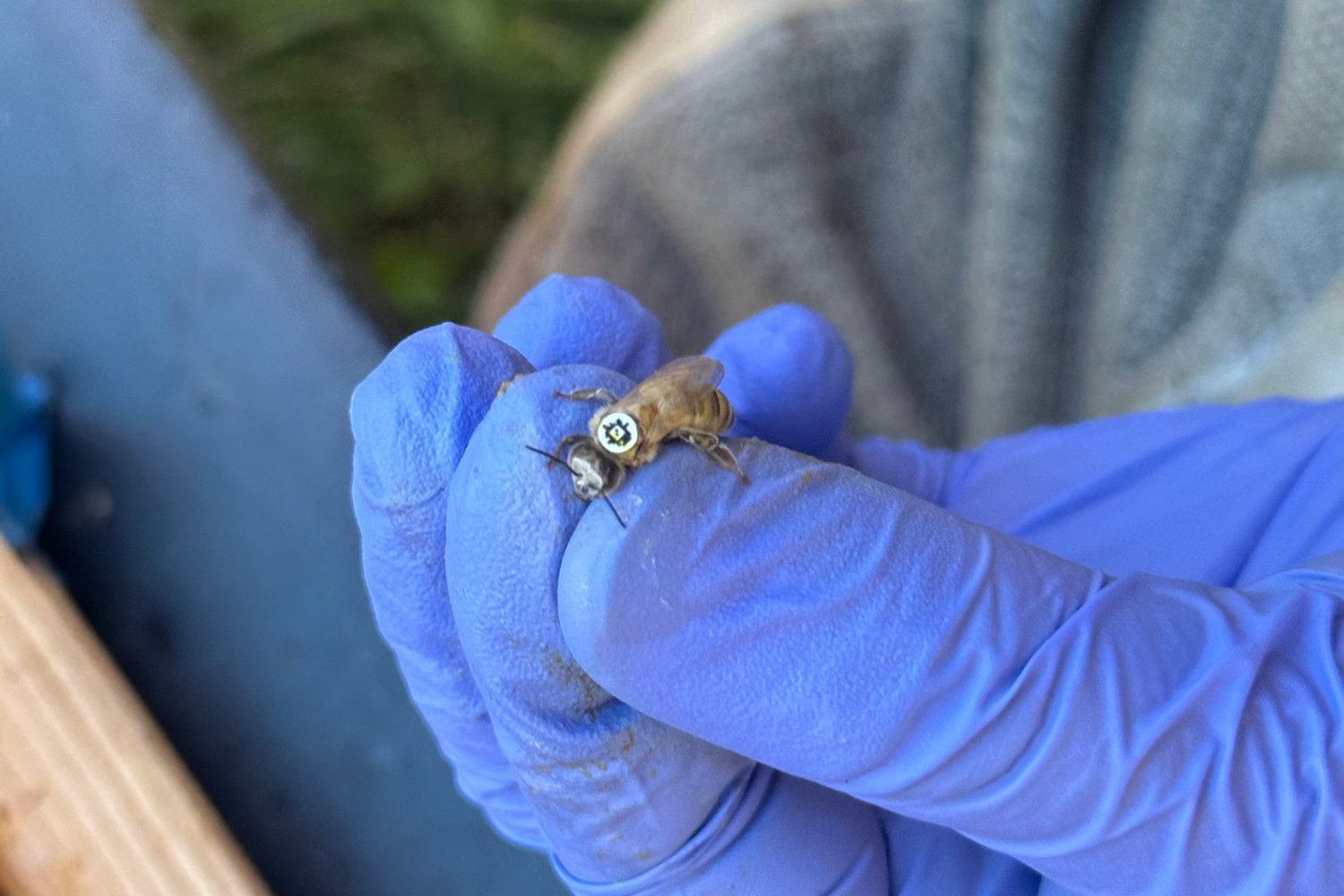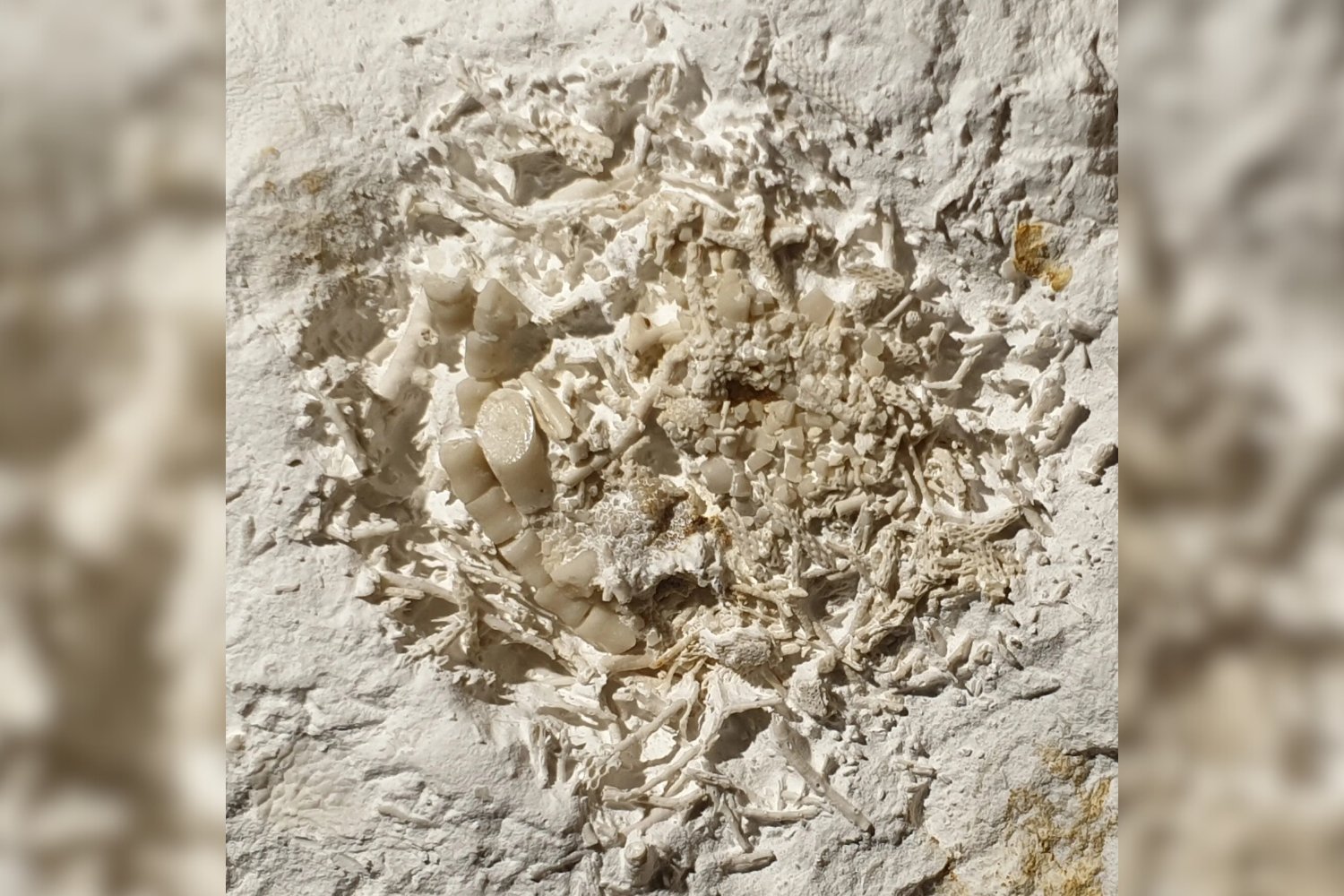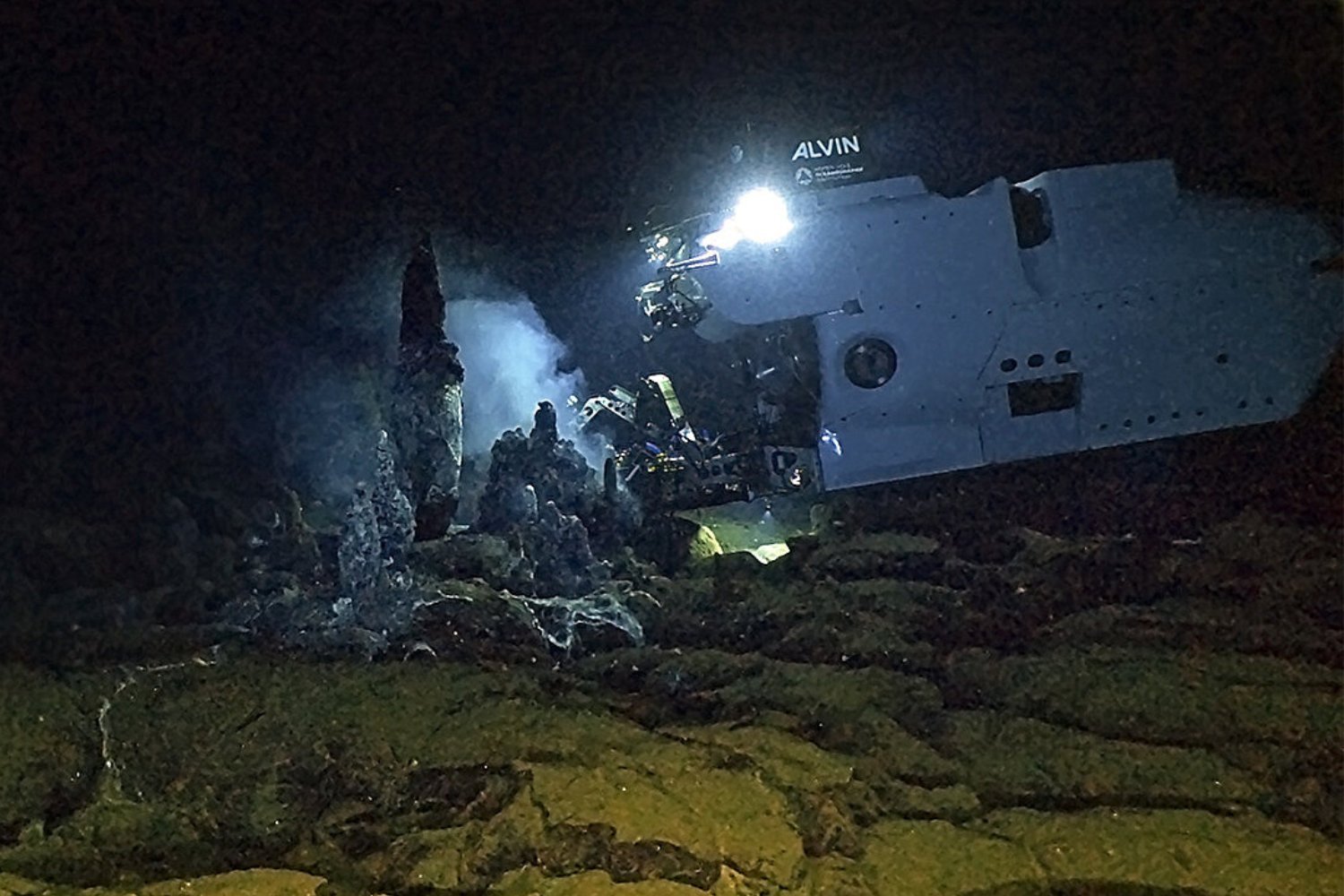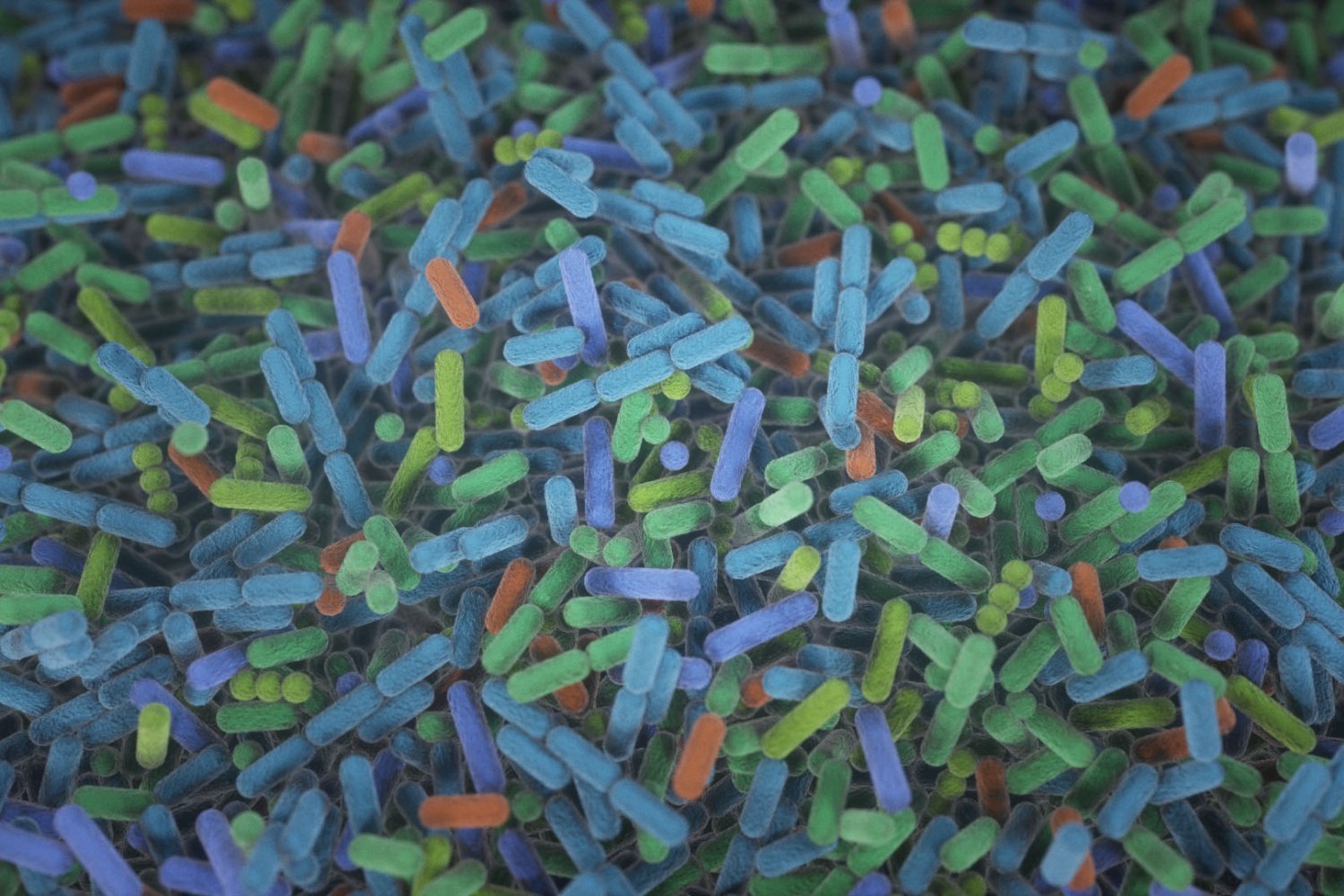The Sydney funnel-web spider, notorious for its potent venom, has long been a subject of fascination and fear. Recent research reveals a surprising twist: what was once considered a single species is actually three distinct species. This groundbreaking discovery has significant implications for both scientific understanding and antivenom production.
The revelation came about after researchers from Germany and Australia noticed unusually large male funnel-web spiders from Newcastle arriving at the Australian Reptile Park’s venom program. This sparked a deeper investigation, involving anatomical and genetic comparisons of specimens from the Sydney region and century-old specimens from the Australian Museum collections. A January 13 study published in BMC Ecology and Evolution details their findings.
Unmasking the Hidden Diversity of Funnel-Web Spiders
The team’s meticulous work uncovered a hidden diversity within the Sydney funnel-web spider. Previously recognized for its varying characteristics, the spider has now been reclassified into three distinct species:
- Atrax robustus (Classic Sydney Funnel-Web): Found primarily in the North Shore of Sydney and the Central Coast. This represents the “original” Sydney funnel-web spider.
- Atrax montanus (Southern Sydney Funnel-Web): Predominantly located in the Blue Mountains south and west of Sydney. This species name, resurrected from 1914, reflects its distinct geographical distribution.
- Atrax christenseni (Newcastle Funnel-Web): Inhabiting the areas near the city of Newcastle, north of Sydney. Aptly nicknamed “Big Boy,” this species boasts the largest size among the three.
“When our international team ‘reopened the case’ on the Sydney funnel-web, we examined intricate morphological details and gene sequences across the region, revealing the species split into three distinct groups,” explains Helen Smith of the Australian Museum, a participant in the study.
Big Boy and the Implications of Discovery
The discovery of the “Big Boy” Newcastle funnel-web as a separate species is particularly noteworthy. This finding, along with the distinction of the other two species, emphasizes the importance of accurate classification for understanding biodiversity. The researchers point out that this discovery has practical implications for venom research and antivenom production.
“Spiders predate the dinosaurs. Over 300 million years, they’ve conquered almost every environment on Earth, playing a crucial role in global ecosystems,” says Kris Helgen, Chief Scientist and Director of the Australian Museum Research Institute, who was not involved in the study. “Their diversity is astonishing—with roughly 52,500 known species, and likely many more awaiting discovery.”
The Future of Funnel-Web Research
This research not only clarifies the taxonomy of the Sydney funnel-web spider but also opens new avenues for research into its venom and the development of more targeted antivenoms. The discovery serves as a reminder of the hidden biodiversity that remains to be uncovered, even in well-studied areas.
This new understanding of the Sydney funnel-web spider, from one species to three, underscores the complexity of the natural world and the ongoing need for scientific exploration.



